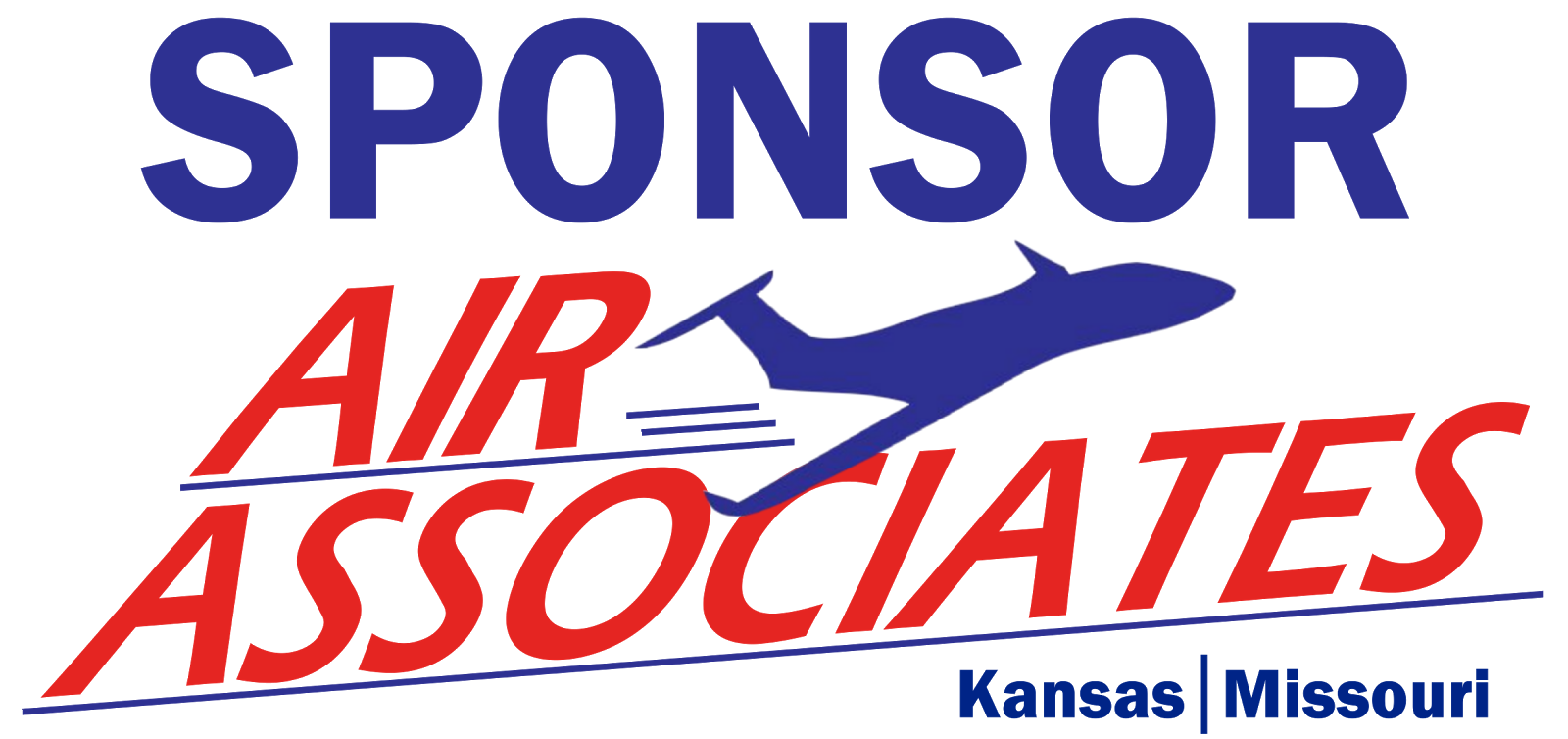 |
| Fred Harl and Carmelo Turdo |

 The highly-anticipated 6th Annual Midwest LSA Expo will be held at Mount Vernon Outland Airport in central Illinois September 4-6. The Aero Experience will start our week-long coverage of the Midwest LSA Expo with this preview of the event and profiles of the anticipated exhibitors. We also thought that we would combine this Midwest LSA Expo preview with some material we collected on the LSA manufacturers from our recent trip to EAA AirVenture Oshkosh 2014 sponsored by Air Associates of Missouri and Air Associates of Kansas. Future posts in this series will feature more views of the LSA aircraft by manufacturer in the coming days.
The highly-anticipated 6th Annual Midwest LSA Expo will be held at Mount Vernon Outland Airport in central Illinois September 4-6. The Aero Experience will start our week-long coverage of the Midwest LSA Expo with this preview of the event and profiles of the anticipated exhibitors. We also thought that we would combine this Midwest LSA Expo preview with some material we collected on the LSA manufacturers from our recent trip to EAA AirVenture Oshkosh 2014 sponsored by Air Associates of Missouri and Air Associates of Kansas. Future posts in this series will feature more views of the LSA aircraft by manufacturer in the coming days. Aerotrek
The Aerotrek A220 conventional landing gear (pictured) and A240 tricycle landing gear LSAs have a wing folding feature that allows the aircraft to be trailered to a garage or off-field operating area. The aircraft are manufactured by Aeropro CZ in Slovakia and distributed in the U.S. by Aerotrek in Bloomfield, IN.
Arion Lightning
The Arion Lightning is a composite, low-wing LSA built to use the Jabiru 3300 engine. It's 5.5 gal/hour fuel burn and 40 gallon fuel capacity gives this LSA impressive range. The aircraft can be purchased in kit form or factory-built from U.S. suppliers from the Shelbyville, TN headquarters.
AutoGyro
AutoGyro is the premier supplier of gyrocopters. The company produces one unit per day at their plant in Germany, and distributes their aircraft in over thirty countries. The MTO Sport, Calidus and Cavalon are pictured at left.
CubCrafters
The all-new Sport Cub and Carbon Cub SS are outgrowths of Jim Richmond's efforts to improve the Piper Cub's ability to operate in the bush environment (from Alaska to the jungle). New aircraft kits or pre-owned aircraft are available, and current aircraft can undergo a rebuild program to extend the service life. The factory is located in Yakima, Washington.
Jabiru USA
Jabiru USA Sport Aircraft is the largest distributor of Jabiru aircraft and engines in the world. Importing the Jabiru kits and engines from Australia, Jabiru USA has grown into a successful LSA manufacturer of these kits for the American market in Shelbyville, TN. The J-230D pictured is the latest model and offers excellent performance and larger cargo space than most LSAs. Mount Vernon's Jabiru dealer is Evans Aviation.
Pipistrel USA

Pipistrel began producing powered hangliders and later powered gliders in Slovenia after the breakup of Yugoslavia. The Virus pictured represents the type that won the NASA Centennial Challenge in 2007 and 2008 for fuel efficiency.
Rans Designs
Rans Designs is a Kansas-based producer of kit and factory-built LSAs. The company produced Sailtrike wind/man-powered land craft in the early 1970s and later the Coyote ultralight. Current offerings are more sophisticated, including the S-19 Venterra aluminum monoplane pictured at left.
Skyreach Bushcat
The Skyreach Bushcat is designed to perform well in bush and float plane environments. The aircraft is produced in South Africa and distributed by Aerosport in the U.S. The aircraft boasts impressive payload and amphibious flight performance.
Tecnam U.S.
Tecnam U.S. is the distributor for the Tecnam line of Italian LSAs. The company offers aircraft in the LSA, General Aviation and twin-engine airborne Surveillance classes. The P2008 and P92 Eaglet are pictured at left.
Vans Aircraft
Vans Aircraft produces the iconic RV series of homebuilt aircraft. Over 8,000 kits have been delivered from the previous North Plains, OR and current Aurora, OR plants. The popular RV-9A is pictured at left near the Vans Aircraft exhibit.
Zenith Aircraft
Mexico, MO-based Zenith Aircraft is the producer of Zenair kits from designer Chris Heintz. Zenith aircraft are known to be builder-friendly and the company offers hands-on factory workshops The CH 650 low wing, CH 701 utility and CH 750 STOL aircraft are very popular LSAs.
TL Ultralight
TL Ultralight produces the Sting and Sirius LSAs in the Czech Republic using advanced composite material construction. The TL-3000 has impressive performance and can effectively be used in the training environment. The aircraft is imported by Sportair USA, and the Midwest's preferred distributor of TL Sirius aircraft is Swan Air.































































